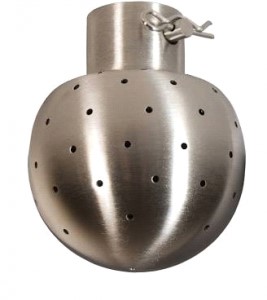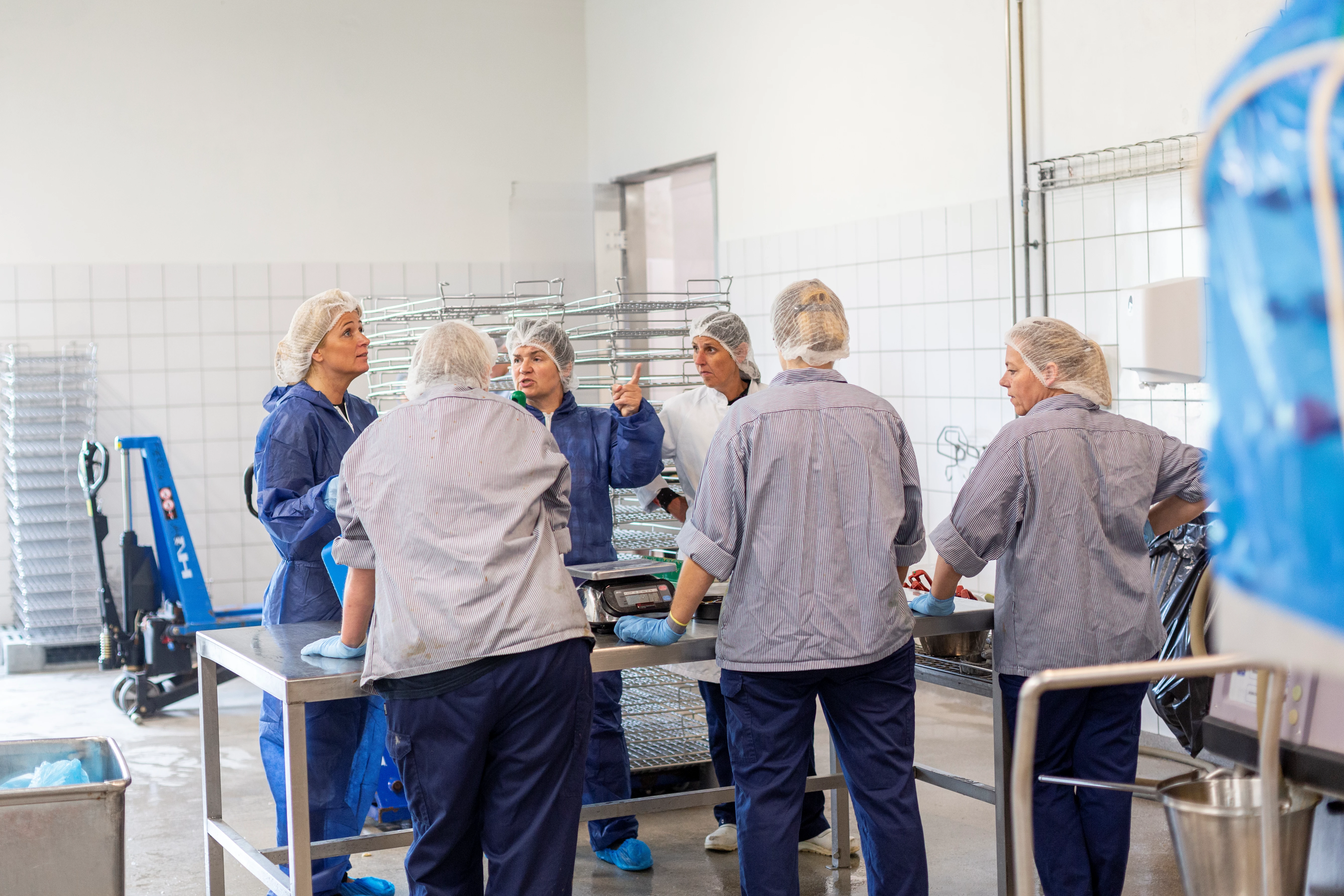This blog series dives into the essential aspects of manual cleaning and why it plays a crucial role in ensuring food safety. For food processors, understanding how to choose, use, clean, store, and maintain tools is vital for preventing or minimizing cross-contamination from harmful elements like microorganisms, allergens, and foreign materials.
Cleaning and disinfecting surfaces and equipment in food facilities can be a time-consuming task. However, maintaining high hygiene standards is not just a best practice—it's a legal requirement across the food industry worldwide.
According to the World Health Organization (WHO), more than 23 million people in Europe fall ill each year due to contaminated food, with over 4,600 deaths reported annually1. Contaminated tools and equipment are among the top five causes of foodborne illness outbreaks2. The main hazards include bacterial pathogens, allergens, chemicals, and foreign materials—each requiring effective cleaning methods to reduce risks.
While automated systems like Clean-in-Place (CIP) are widely used, especially in closed systems, manual cleaning remains essential for complex or hard-to-reach areas. Manual techniques such as brushing, scraping, and squeegeeing provide flexibility and precision where automation falls short.
Automated Cleaning Isn't Always Foolproof
While automated cleaning systems like CIP (Clean-in-Place) offer efficiency, they aren’t always perfect. These systems rely on the design of the equipment, and if there are narrow or inaccessible areas, contaminants can still remain. This is why regular manual checks and cleaning are necessary, especially for components like spray balls, valves, and sampling ports.

Even in automated systems, certain parts must be manually cleaned to ensure that the entire process remains effective. This includes disassembling and cleaning components that may not be fully reached by the automated system.
Always Clean Before You Disinfect
If equipment and surfaces aren't properly cleaned first, microorganisms can form biofilms—sticky layers that protect them from disinfectants. According to Moorman and Jaykus (2019), manual cleaning is key to removing these biofilms because “you can’t sanitize your way out of a persistent biofilm problem.â€
Proper cleaning with detergents and water is the first step in achieving good sanitation. Disinfection should only come after thorough cleaning and rinsing. Manual cleaning is still needed in many cases, especially in hard-to-reach spots where biofilms can form and only manual effort can remove them effectively.
References:
- WHO (2015). Estimates of the global burden of foodborne diseases: Foodborne diseases burden epidemiology reference group 2007–2015. Link: https://apps.who.int/iris/handle/10665/199350
- Top5CDCRiskFactorsContributingFoodborneIllness.pdf (sbcounty.gov)
- Moorman, E., & Jaykus, L. A. (2019). Impact of Co-Culturing with Pseudomonas aeruginosa on Listeria monocytogenes Biofilm Physiochemical Properties and Sanitizer Tolerance. In IAFP 2019 Annual Meeting. IAFP
- Remco (2020). The Role of Manual Cleaning in Biofilm Prevention and Removal. Whitepaper Link: https://go.remcoproducts.com/biofilms
- Vikan (2020). Biofilm Demonstration Workshop. Video Link.
Recent blog posts
ABC’s of Manual Cleaning - Part II: What does Manual Cleaning Involve?
In many cases, manual cleaning is the most practical method, especially when dealing with complex equipment and hard-to-reach areas.
ABC’s of Manual Cleaning - Part III: How does Manual Cleaning Work?
This part explains the standard steps involved in the manual cleaning process, including preparation, application, and verification.
ABC’s of Manual Cleaning Part IV: Where and When to Manual Clean?
Here, we discuss how to identify which areas need cleaning and how often to do it, which is critical for maintaining hygiene standards.
Recent blog posts

ABC’s of Manual Cleaning Part V: Who is Responsible for Manual Cleaning?
This post focuses on the roles and responsibilities of different departments involved in the cleaning process within a food facility.
ABC’s of Manual Cleaning Part VI: Regulatory and Standards Expectations Regarding Manual Cleaning
This final post covers regulatory expectations from the EU and U.S., as well as global standards and best practices for manual cleaning in food processing environments.
dining room furniture dining table dining chairs dining console cabinet marble wooden metal
Foshan Jianermei Furniture Co., Ltd , https://www.minottiitaly.com



